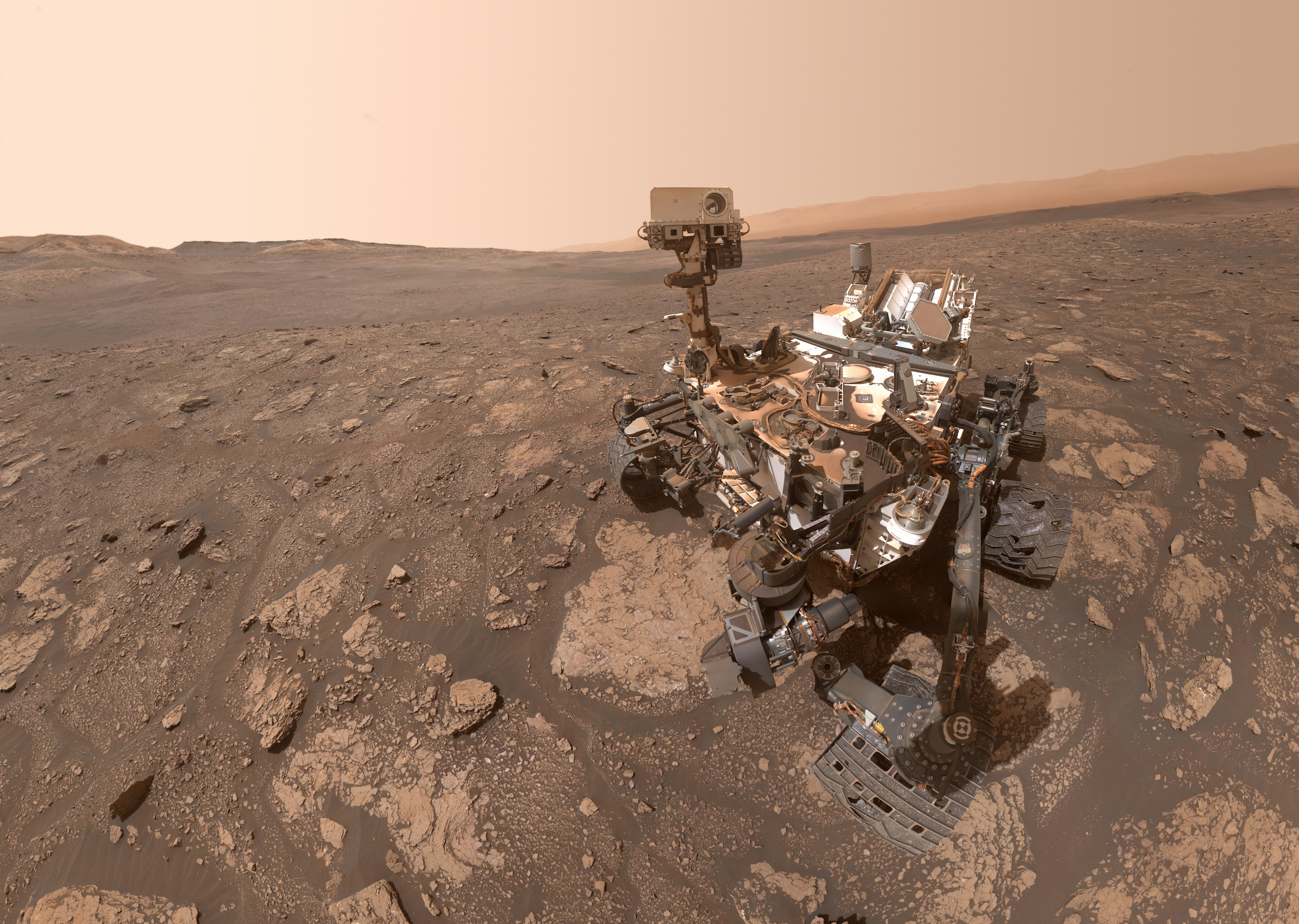Curiosity Rover Science
Overview
Landing at Gale Crater, Mars Science Laboratory is assessing whether Mars ever had an environment capable of supporting microbial life. Determining past habitability on Mars gives NASA and the scientific community a better understanding of whether life could have existed on the Red Planet and, if it could have existed, an idea of where to look for it in the future.
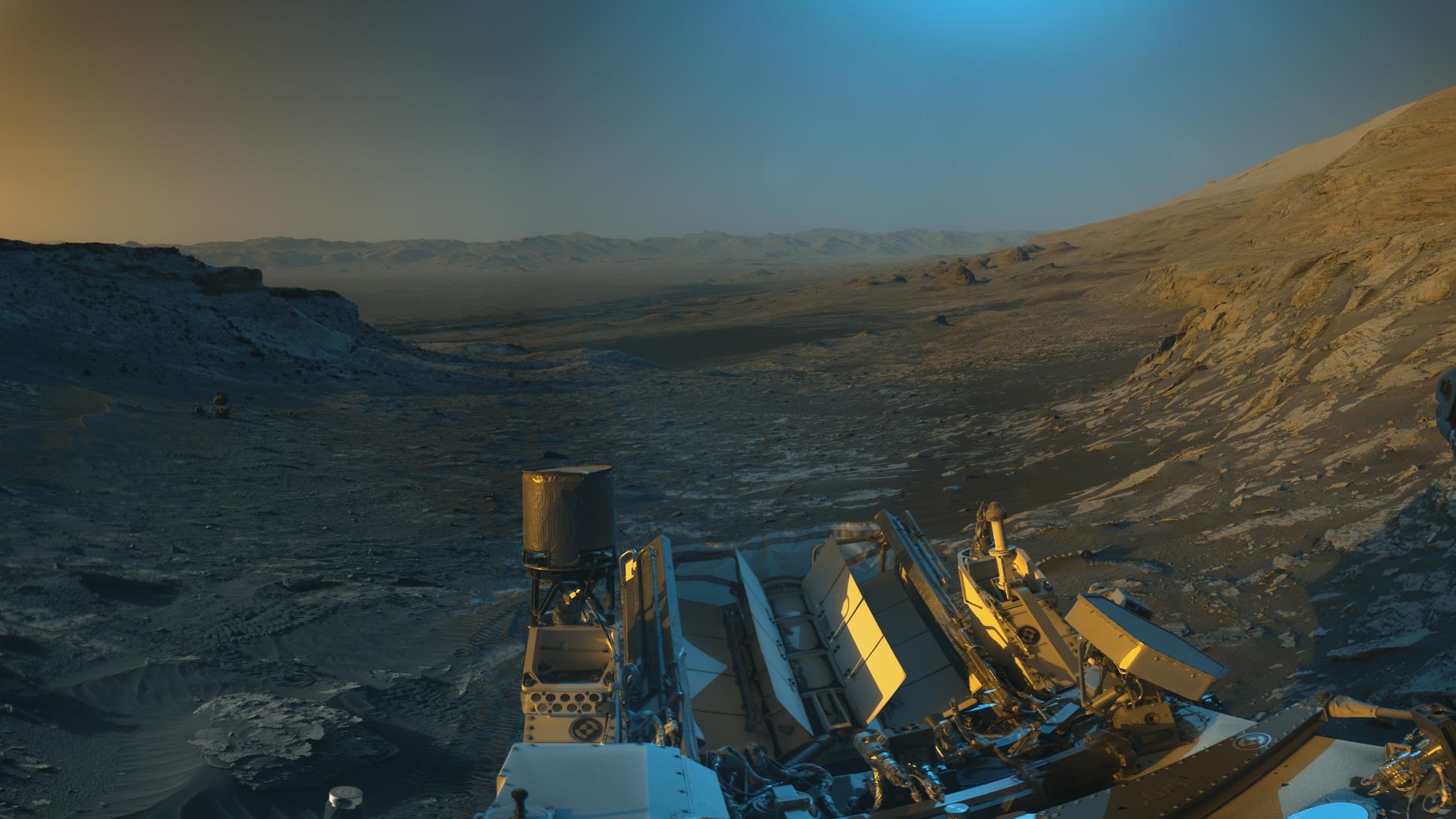
Science Objectives
To contribute to the four Mars exploration science goals and meet its specific goal of determining Mars' habitability, Curiosity has the following science objectives:
Biological objectives
1. Determine the nature and inventory of organic carbon compounds
2. Inventory the chemical building blocks of life (carbon, hydrogen, nitrogen, oxygen, phosphorous, and sulfur)
3. Identify features that may represent the effects of biological processes
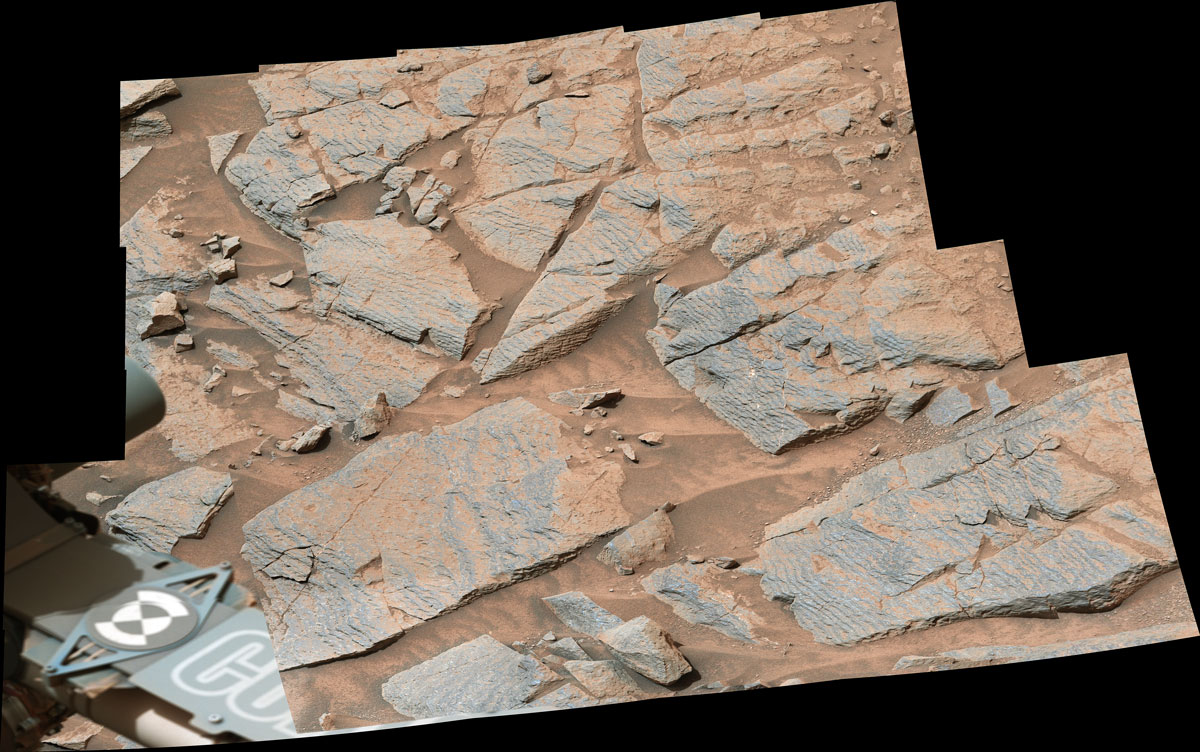
Geological and geochemical objectives
1. Investigate the chemical, isotopic, and mineralogical composition of the Martian surface and near-surface geological materials
2. Interpret the processes that have formed and modified rocks and soils
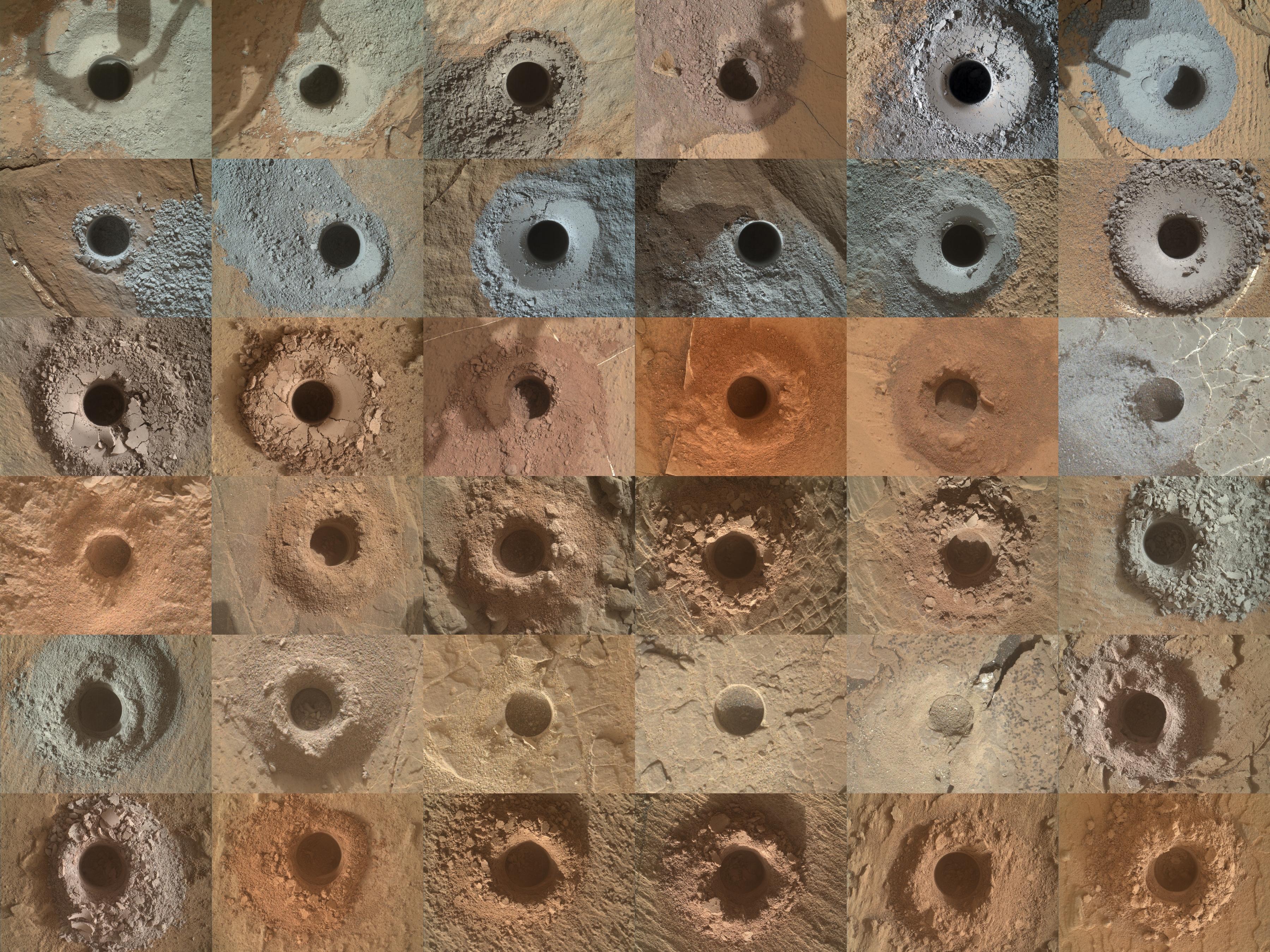
Planetary process objectives
1. Assess long-timescale (i.e., 4-billion-year) atmospheric evolution processes
2. Determine present state, distribution, and cycling of water and carbon dioxide
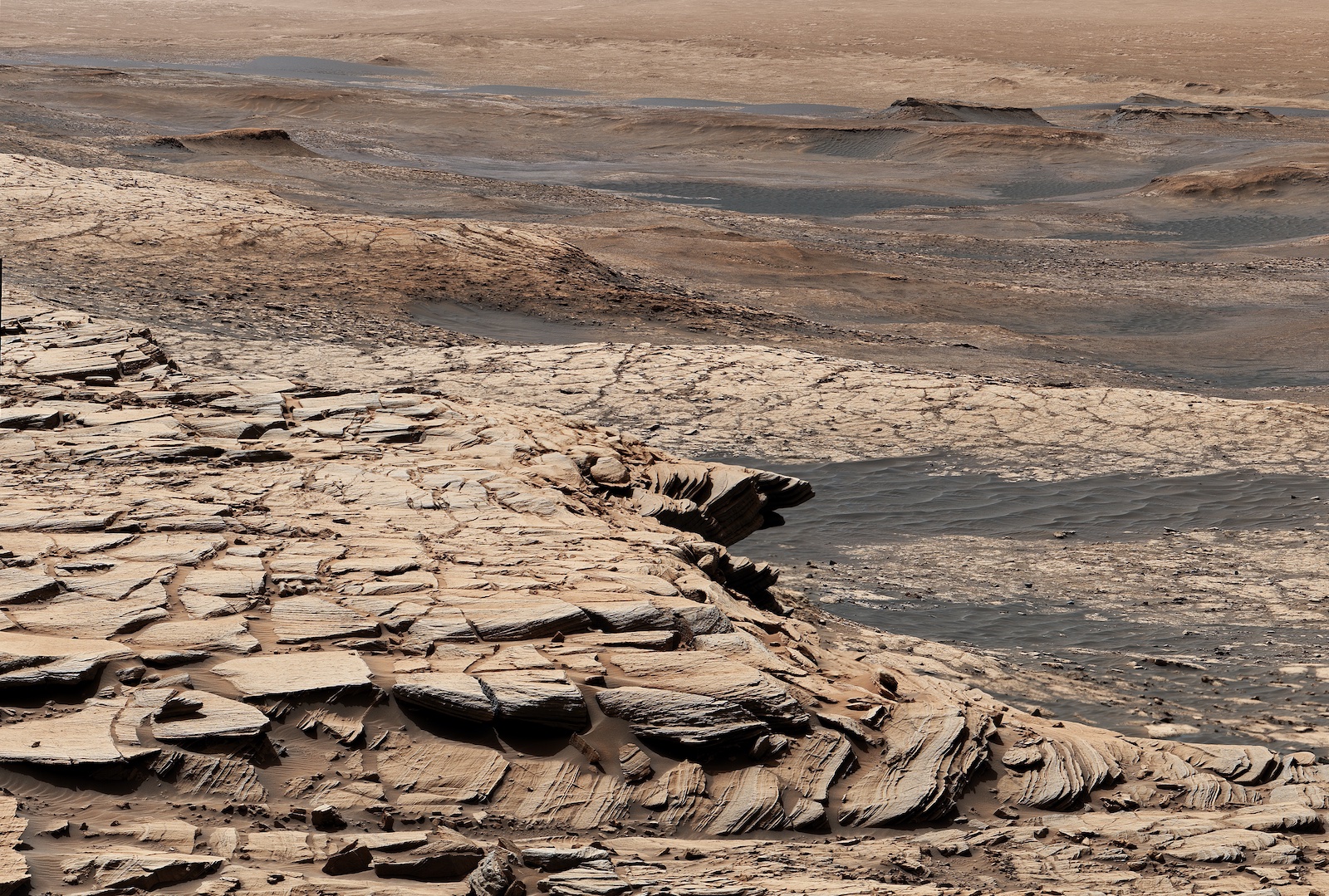
Surface radiation objective
Characterize the broad spectrum of surface radiation, including galactic cosmic radiation, solar proton events, and secondary neutrons
Read More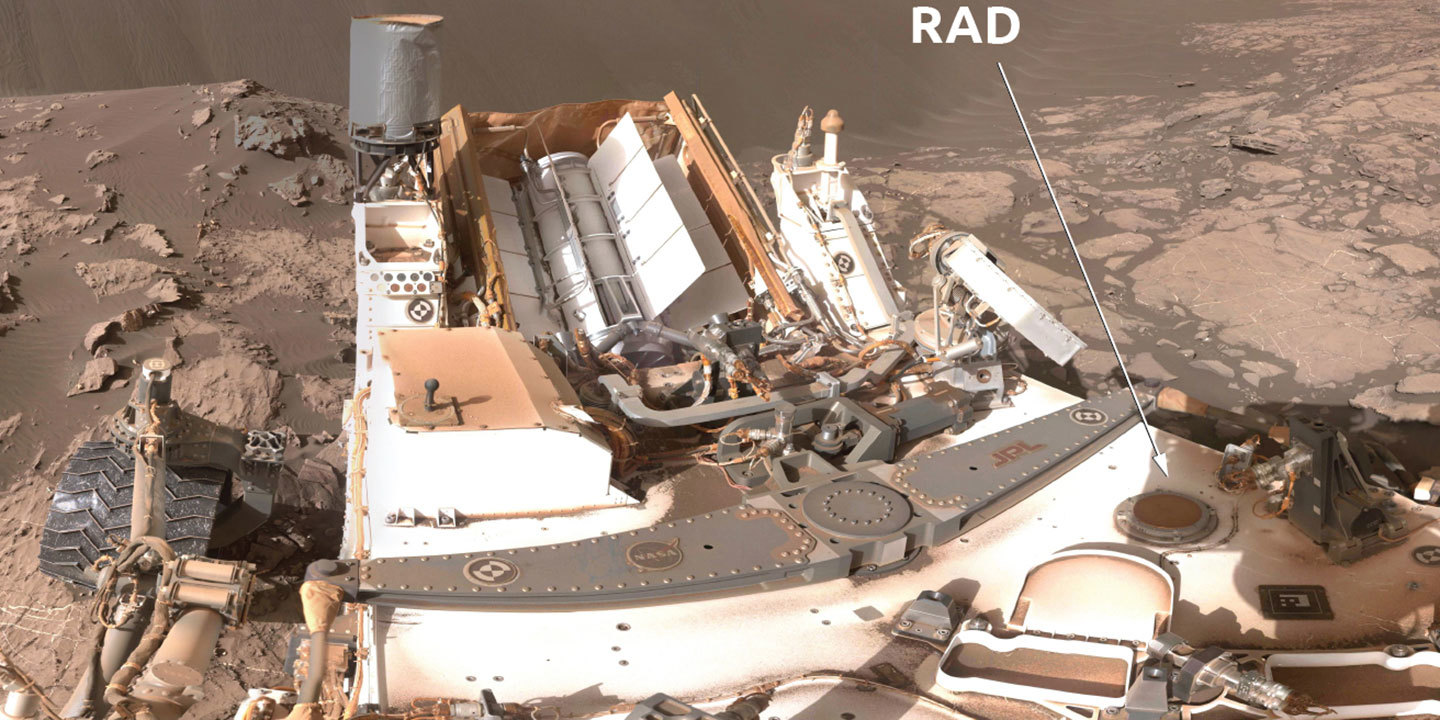
Science Highlights
With over a decade of exploration, Curiosity has unveiled the keys to some of science's most unanswered questions about Mars. Did Mars ever have the right environmental conditions to support small life forms called microbes? Early in its mission, Curiosity's scientific tools found chemical and mineral evidence of past habitable environments on Mars. It continues to explore the rock record from a time when Mars could have been home to microbial life.
Learn MoreScience Instruments
From cameras to environmental and atmospheric sensors, the Curiosity rover has a suite of state-of-the-art science instruments to achieve its goals.
Learn More